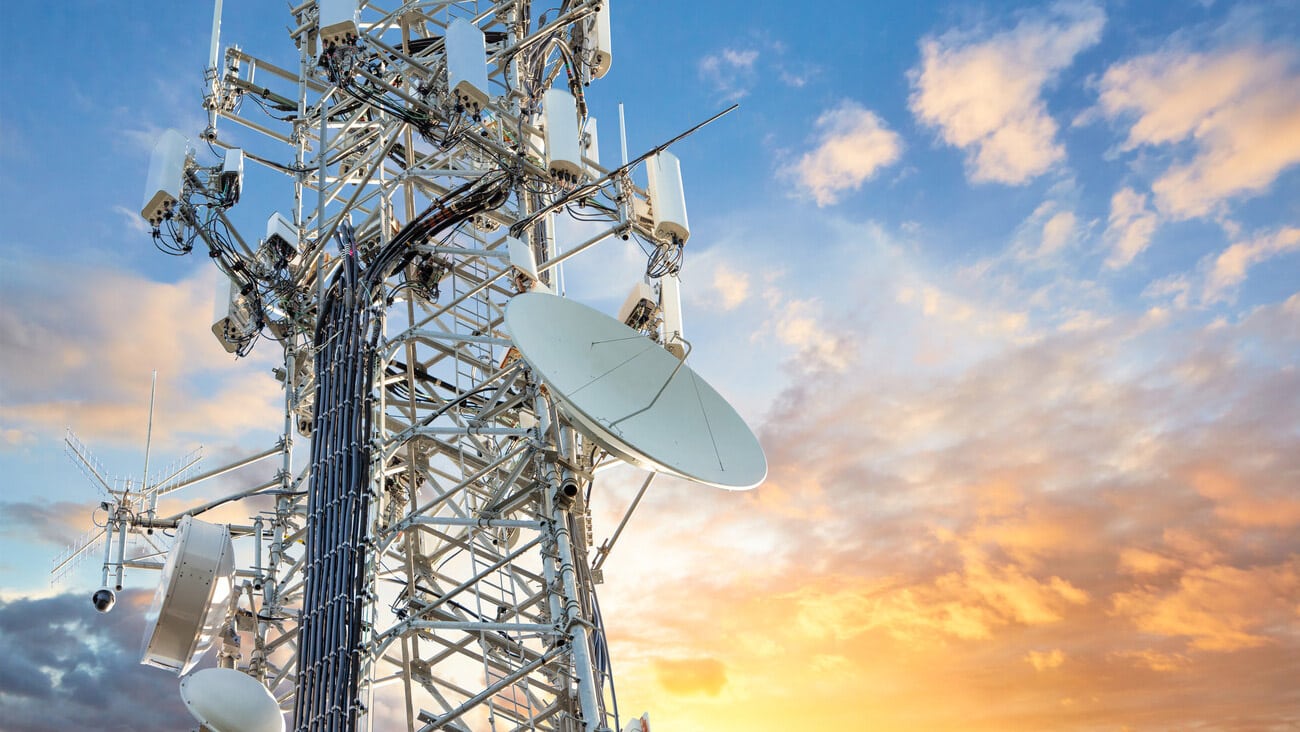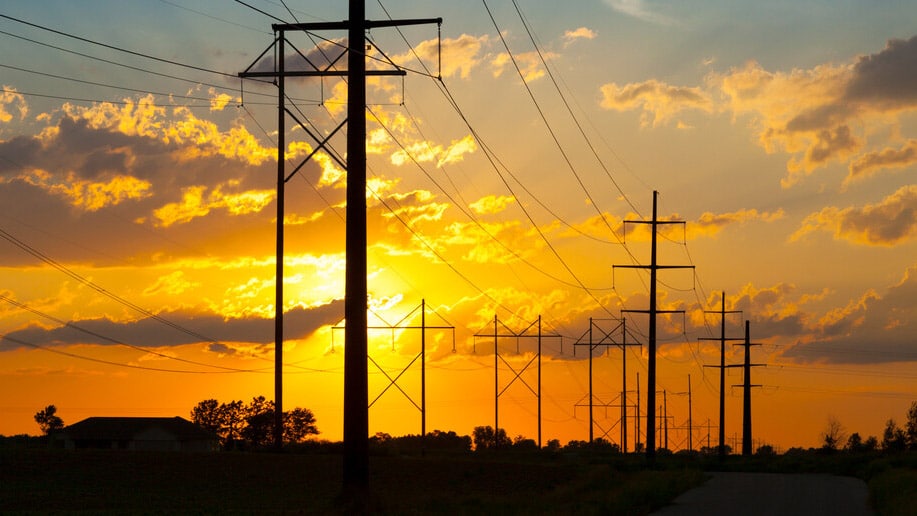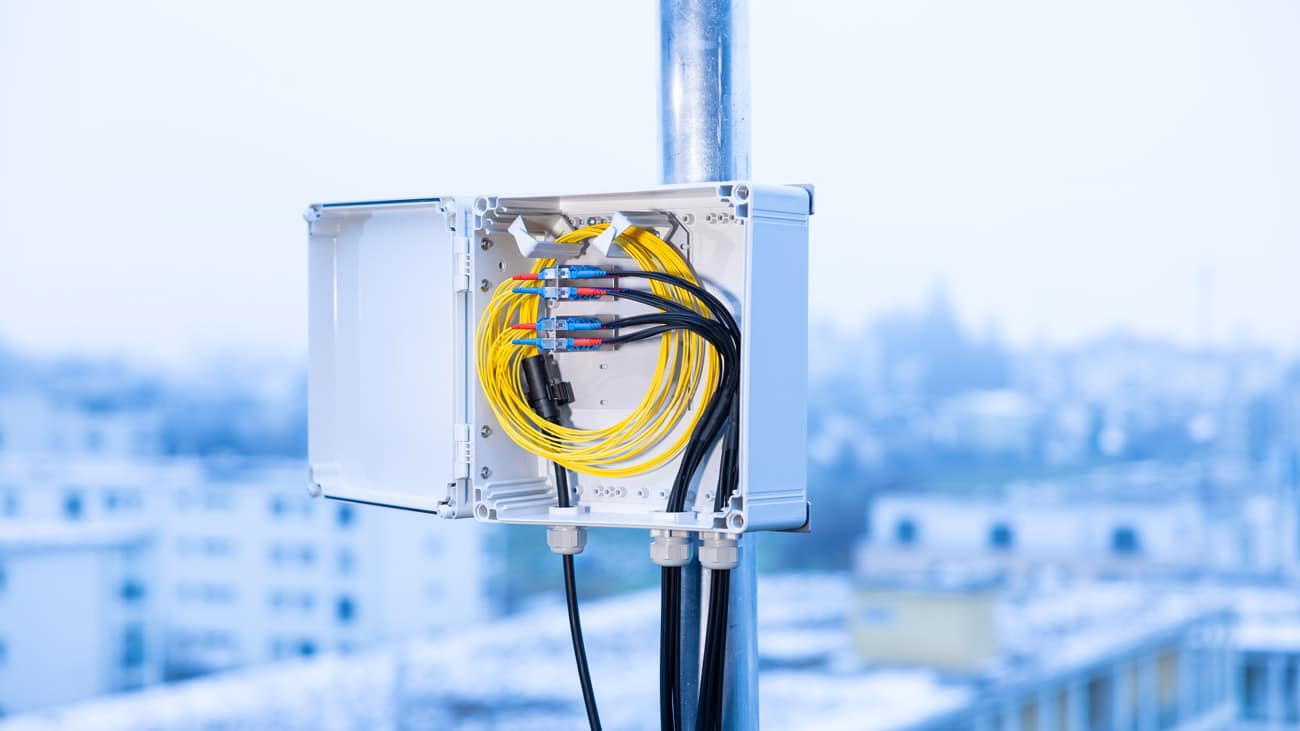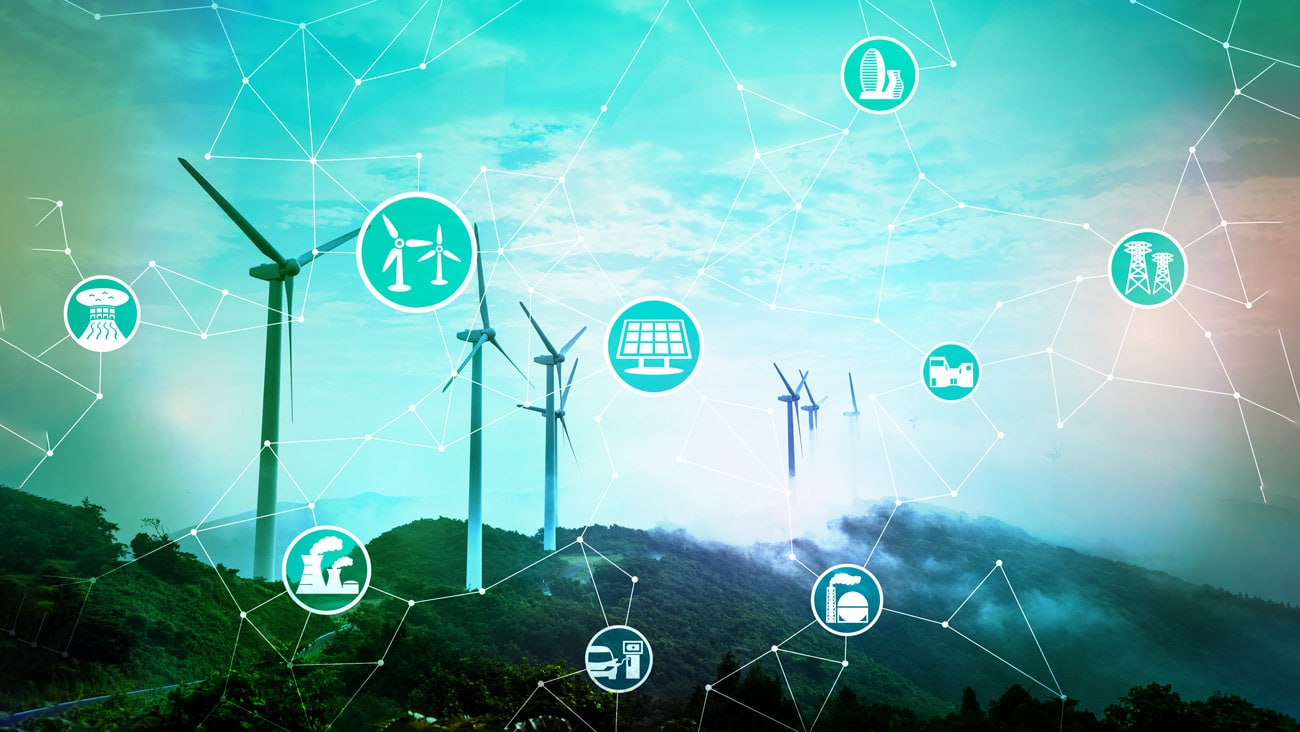FTTx in 2023: Fiber Demand Continues

Strong growth worldwide
The message of the market is clear. Fiber demand will continue with convergence as a powerful driver – but costs need to be managed!
Demand for fiber cable will continue as AltNets and incumbents continue to invest, with government support widely available. According to Future Market Insights*, global fiber to the home sale revenue will reach a valuation of US$ 20,641.8 million (CHF 19.47 billion) in 2022 and US$ 53,898.7 million (CHF 50.84 billion) by 2029 (CAGR of 14.7%). Figures from ReportLinker* show that the global FTTx market – estimated at US$ 12.9 billion in 2020 – is projected to reach US$ 24 billion by 2027 (CAGR of 9.3%).
However, the upfront costs of fiber deployment remain significant. Service providers will continue to look for ways of reducing operating costs, for example by reusing infrastructure in smart ways.
FTTH and 5G, for example, can share network infrastructure. Both rely on the availability of fiber and require a significant number of fiber connection points. Combining infrastructure and rollouts for both technologies offers excellent opportunities to increase efficiency and realize cost improvements in the coming years.
Without adequate fiber back- and fronthaul, there can be no 5G. Increasingly, fiber is also required to support 5G macrocell, small cell, and antenna tower infrastructure.

Aerial deployment plays an important role in realization in areas with low population density and lack of infrastructure.
Convergence cuts costs
A 2019 study from the FTTH Council Europe* shows that anticipating a Fiber to 5G antenna/base station (FTT5G) network while planning for an FTTH network can deliver cost savings between 65% and 96%. Building ample spare capacity for 5G when rolling out a fiber network makes sense, especially because fiber network convergence will include much more than FTTx and 5G in the future.
A recent GSA Report* states that some 70 countries had 5G networks in place as of June 2022, almost double the number in mid-2020. According to GSMA, 5G networks are likely to cover a third of the world’s population by 2025.
The savings afforded by fiber will increase exponentially. Once 5G is widely available, people will use more streaming and remote working services on the go, as well as more virtual and augmented reality applications, further boosting fiber requirements. What’s more, 6G is on the horizon and the Wi-Fi 7 standard will be published in 2024. This will further push bandwidth demands.

R&M is working at full speed to expand its infrastructure range for public networks
Requirements of the smart city
Smart cities will also enormously drive the need for fiber and convergence. In fact, Future Market Insights expects the smart home application segment to be the most lucrative FTTH segment. Smart city infrastructure with its countless IP-equipped devices that need extremely low latency, for example, to manage autonomous traffic, will become an increasingly significant driver.
Data volumes and latency demands are constantly increasing as a result of the growth of digitalization and urbanization. Ultimately, only fiber infrastructure can meet the communication and performance requirements of a smart city. That means city planning will need to include closely meshed fiber optic communication and data networks as well as the gradual replacement of obsolete networks.
Like water, sewage, electricity, and gas lines, it is an essential infrastructure with a functional timeline spanning several decades. These networks need to be ‘open-ended’ as fast developments mean that where a single fiber may suffice today, you may need multi-fiber cables with up to 256 fibers tomorrow.
In line with the convergence trend described previously, wireless, and wired networks, FTTA and FTTH, traffic regulation, urban infrastructure management, and monitoring networks can no longer be viewed independently. In terms of planning, the ideal solution is a city-wide, application-independent universal fiber grid.
Infrastructures, requirements, and functions should be bundled in the planning phases to support economies of scale and avoid unnecessary – and costly – additional work and infrastructure. Cities and providers could work together in the process, for example in the form of Public-Private Partnerships (PPP). Together, they can make maximum use of their infrastructures and resources.

Aerial networks are coming
Aerial networks’ potential 2.5x faster rollout speed using existing telephone or electricity company poles can also help accelerate deployment while keeping down deployment costs in today’s environment, in which skilled labor is lacking and investment in rural areas remains slow. Aerial cabling offers an attractive CAPEX/ OPEX ratio.
Aerial deployment requires field-proven pre-terminated solutions which don’t require special tools and training. Using aerial solutions means planning permission and civil works can also become easier, and maintenance and repairs are also significantly simpler and more cost-effective.
Small cells are coming
Countless 5G access points, or ‘small cells’, will need to be connected to fiber broadband networks. Aerial solutions can play an important role in realizing this in areas where there is low population density and very little existing infrastructure. Smart synergies between fixed wireless access, FTTH rollouts, and FTT5G will further help manage costs.
According to a Research and Markets study published in September 2022, the aerial deployment segment will witness high growth from 2022 to 2027. According to the report, the rising penetration of over-the-top (OTT) media services is expected to increase the aerial deployment of fiber optics.

FTTx for sustainability
Vast offshore wind farms and solar energy investments are expected to drive fiber demand. This will be needed for control, monitoring, distribution, maintenance optimization, and sensing applications in renewable energy production, which is being stepped up to reach climate goals and energy independence.
Products designed with sustainability in mind during production, transport, usage, and recycling are key. For network owners, this can be pivotal to supporting corporate CSR and environmental policies.
Fiber’s data transmission performance headroom means that one kg of glass is as powerful as 1000 kg of copper when it comes to transmission. CO2 emissions per hour of video streaming for FTTH are just half that of the fastest copper network. Raw materials can be extracted or recycled with a relatively low environmental footprint. A longer lifespan also minimizes maintenance and repairs.
The vast energy-saving potential of fiber is clearly outlined in a recent Europacable* Whitepaper on the energy efficiency of fiber-based networks. Fiber consumes a relatively small amount of resources and can also enable energy efficiency in other areas. Throughout its lifecycle, fiber consumes more than three times less energy than comparable solutions across a wide range of real-life scenarios.

FTTx for sustainability: extensive investment in offshore wind farms and solar energy will also boost demand for fiber optics.
*Sources: Future Market Insights, ReportLinker, FTTH Council Europe, GSA Report, Europacable

